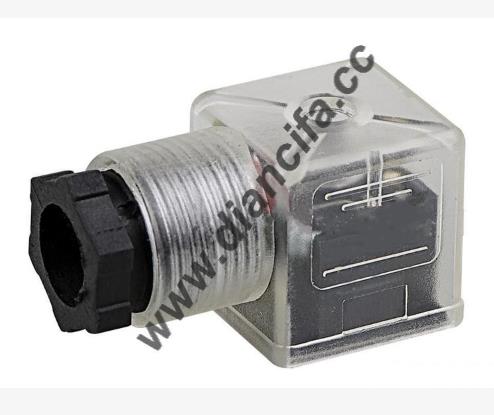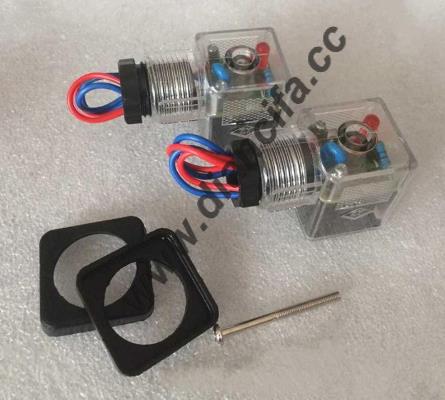1. First check whether the temperature of the solenoid valve coil is within the temperature range that the product is suitable for. You can refer to the instruction manual of the solenoid valve product. Generally, the operation of the solenoid valve is listed in the instruction manual. and ambient temperature specifications. If not, you can consult the manufacturer based on the model number. Generally, a slightly hot solenoid valve is a normal phenomenon of product operation. As long as it does not exceed a certain temperature, it will be fine. Users can rest assured.
2. Due to improper selection by the user, there are two types of solenoid valve products: normally open and normally closed. If the user uses a normally closed solenoid valve, the actual work When the valve is open, it is normally open, which can easily cause the coil of the solenoid valve to overheat. And if this is the reason, you can only replace it with a new solenoid valve product, so the user's model selection is very important.

3. If the coil of the solenoid valve is equipped with an energy-saving protection module (the function of the energy-saving module is to save energy and cool down the solenoid valve coil), and this energy-saving protection module fails, it will This will cause the coil to heat up.
4. Overload work, that is, the actual working environment of the solenoid valve exceeds the working environment range of the solenoid valve product design. For example, the ambient temperature and medium temperature are too high, or the pressure is too high and the power supply voltage is too high.
5. The quality problem of the solenoid valve coil itself is the least likely to happen because the manufacturer will not affect its brand reputation with low-quality products. Therefore, we will pay attention to the quality of solenoid valve products. If the heating temperature of the solenoid valve coil is within the working range of the product, users do not need to worry about it when using it. This will not have any impact on the work of the solenoid valve.

Solenoid valve coil detection method
Use a multimeter to measure the resistance of the solenoid valve. The resistance of the coil should be about 100 ohms. If the resistance of the coil is infinite, it means it is broken. You can also connect the electric iron to the solenoid valve coil. The product is placed on the solenoid valve, because the solenoid valve is magnetic and can attract iron products after the solenoid valve coil is energized. If it can attract iron products, it means the coil is good, otherwise it means the coil is broken. The detection method of short circuit or open circuit of the solenoid valve coil is to first use a multimeter to measure its continuity. If the resistance value approaches zero or infinity, it means that the coil is short circuited or open circuit. If the resistance value measured is normal, it does not mean that the coil must be good. You should also find a small screwdriver and place it near the metal rod passed through the solenoid valve coil, and then Solenoid valve is energized. If magnetism is felt, then The solenoid valve coil is good, otherwise it is bad.







 WhatsApp: +8615857777578
WhatsApp: +8615857777578